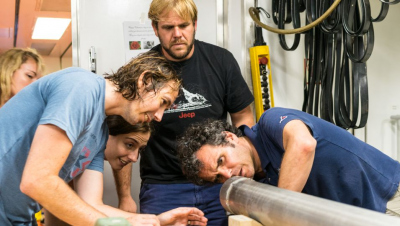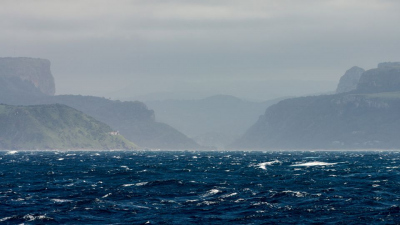- Home
- Discover
- Archive News
- News 2022
- Storms
Stormy southwestern Indian Ocean in the mid-Holocene
Evidence of past storms is recorded in marine sediments and is fundamental to classifying long-term past climate variability. The study involves scientists from South Africa (University of KwaZulu-Natal, Durban), the United Kingdom (Ulster University, University of Stirling) and Bremen. The data was obtained during an expedition in 2013 with the research vessel METEOR. PD Dr. Matthias Zabel and Dr. Anette Hahn from MARUM – Center for Marine Environmental Sciences contributed significantly to the results as part of the RAiN (Regional Archives for Integrated iNvestigations) project funded by the German Ministry of Research.

Green, A.N., Cooper, J.A.G., Loureiro, C. et al. Stormier mid-Holocene southwest Indian Ocean due to poleward trending tropical cyclones. Nat. Geosci. (2021). DOI: https://doi.org/10.1038/s41561-021-00842-w
Contact:
PD Dr. habil. Matthias Zabel
Sediment Geochemistry
Phone: +49 421 218 65103
Email: [Bitte aktivieren Sie Javascript]
More information:
Film Expedition M 123 (German with subtitles)



